In 2024, the leather and footwear industry will reach the finish line, reaching over 26 billion USD in export turnover, an increase of 10% compared to 2023. Many brands prioritize choosing Vietnam as a production base.
Leather and footwear industry exports reach over 26 billion USD
Talking with reporter of Cong Thuong Newspaper, Ms. Phan Thi Thanh Xuan - Vice President and General Secretary Vietnam Leather, Footwear and Handbag Association According to the Ministry of Industry and Trade, in 2024, the export of the leather and footwear industry will reach over 26 billion USD, an increase of about 10% compared to 2023. From now until the end of the year, orders will continue to be stable. Notably, a number of large enterprises have signed contracts until mid-2025.
Export markets in 2024 all saw growth. Some major markets such as the US and EU maintained an increase of over 10%. Notably, this year China continued to be ranked in the billion-dollar export market group of the industry, second only to the US and EU and accounting for 9%. However, in some export markets, exports still decreased, or were almost non-existent due to the impact of conflicts such as Russia and Uzbekistan.
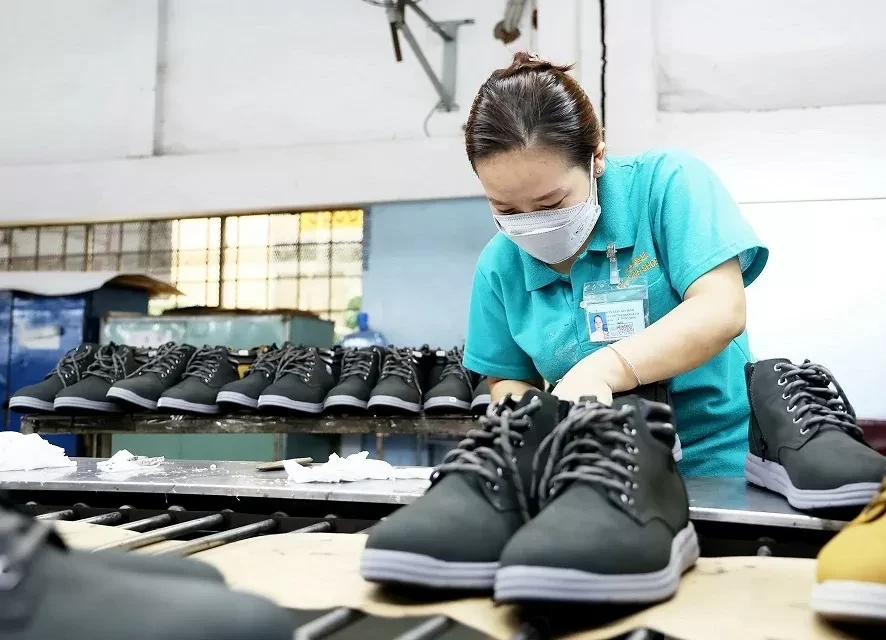
Also according to the leader of the Vietnam Leather, Footwear and Handbag Association, in 2024 Leather and footwear industry has expanded exports to a number of markets in South America and the Middle East. The Middle East market in particular is a very potential market with large and diverse consumer demand.
In particular, sports shoes - Vietnam's strong product - dominates, this product can also help the industry's exports grow rapidly and strongly to the Middle East in the short term. Besides, this market also consumes sandals, but the quantity is not large.
Although there are not too many difficulties with orders, Ms. Xuan said that in 2024, the unit price is low, even forced to decrease. At the same time, orders are tending to require higher quality and meet higher criteria for sustainable development, creating additional compliance costs for businesses. Moreover, high input costs, scarce labor resources, all of these difficulties have affected the production and business efficiency of businesses.
Sharing about these difficulties, Mr. Nguyen Thanh Tuan - General Director of VASA Shoe Company, said that 2024 is a really difficult year for the economy in general, and for footwear enterprises in particular. As a small-scale enterprise, VASA's difficulties are doubled. " This year, the enterprise only achieved 30-40% of the export plan built from the beginning of the year. To make up for the shortfall, the enterprise is forced to boost domestic consumption ," Mr. Tuan informed.
What challenges for 2025?
Regarding the 2025 plan, VASA will still focus on exporting to available and easy-going markets such as Africa and Asia to gain suitable customer base and increase revenue, then gradually apply higher standards such as green production and green products to conquer demanding markets such as Japan, Europe, and the US.
The company has also initially approached major e-commerce sites such as Alibaba and Amazon to open more sales channels. “ We consider this a potential direction in the future, and will continue to invest resources and human resources to get orders from these e-commerce platforms ,” Mr. Tuan informed. He also said that this year, despite many difficulties in production and business, the company is still trying to ensure income and has a 13th month salary bonus for the Lunar New Year of At Ty 2025 for employees. So that when the market warms up again, the company will have resources available to catch up with production.
From an industry perspective, Ms. Xuan said that the market context in 2025 will not change much compared to 2024. Orders are not too difficult, but businesses will have to face increased costs. " In 2025, the footwear industry still aims to increase exports by 10% compared to 2024, reaching a turnover of about 29 billion USD ," Ms. Xuan emphasized.
Achieving this goal depends on many factors, of which consumer demand and compliance with green standards from import markets are two particularly important factors. Therefore, leather and footwear enterprises hope to receive more active support from state management agencies and international organizations to meet the requirements. In particular, functional agencies coordinate with international organizations to research and develop unified green standards, and at the same time build harmonious support policies for enterprises to take advantage of.
At the same time, there needs to be a solution to improve the internal capacity of the enterprise. After establishing unified standards, the functional unit supports training and coaching to apply the standards, helping the enterprise to achieve certificates and be qualified to implement orders.
In addition, resources to help businesses innovate in science and technology are also very necessary. Businesses hope that the Ministry of Industry and Trade will advise and propose to the Government to establish funds to promote green development, creating conditions to reduce loan interest rates to help businesses have the opportunity to apply new technology and green technology in production.
Finally, the issue of information, through conferences, seminars, forums... state agencies coordinate with industry associations to quickly and accurately update information on green regulations and green standards of import markets to help businesses receive timely information, thereby preparing plans for the development process.
Source








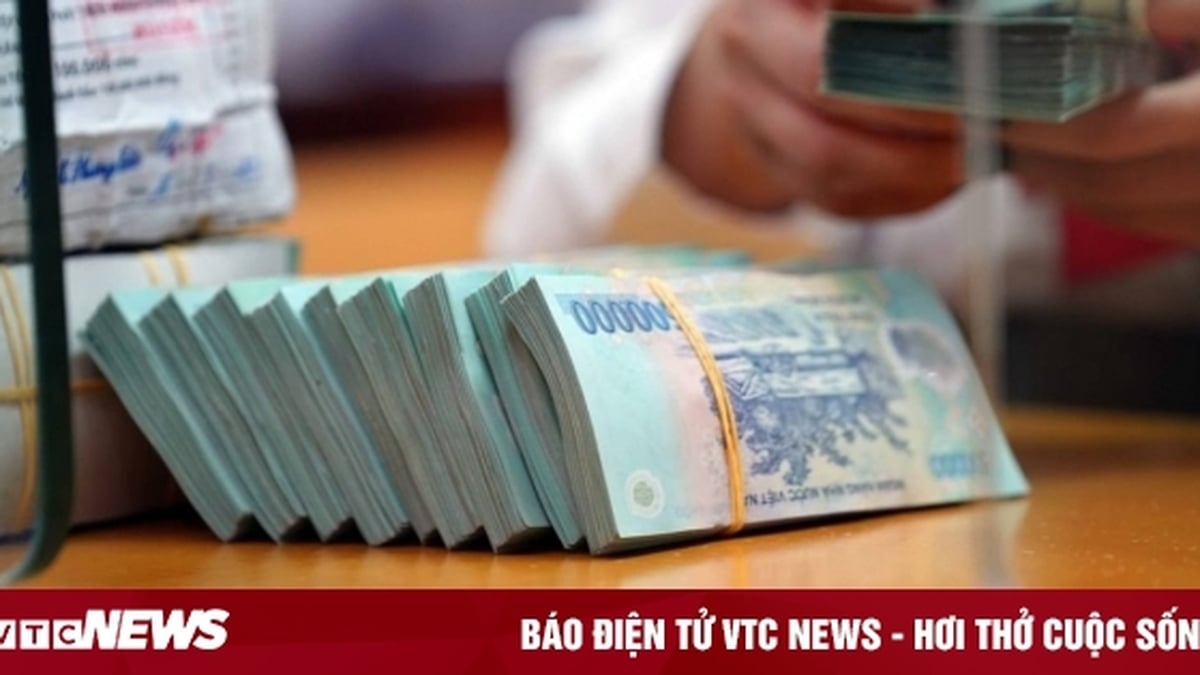


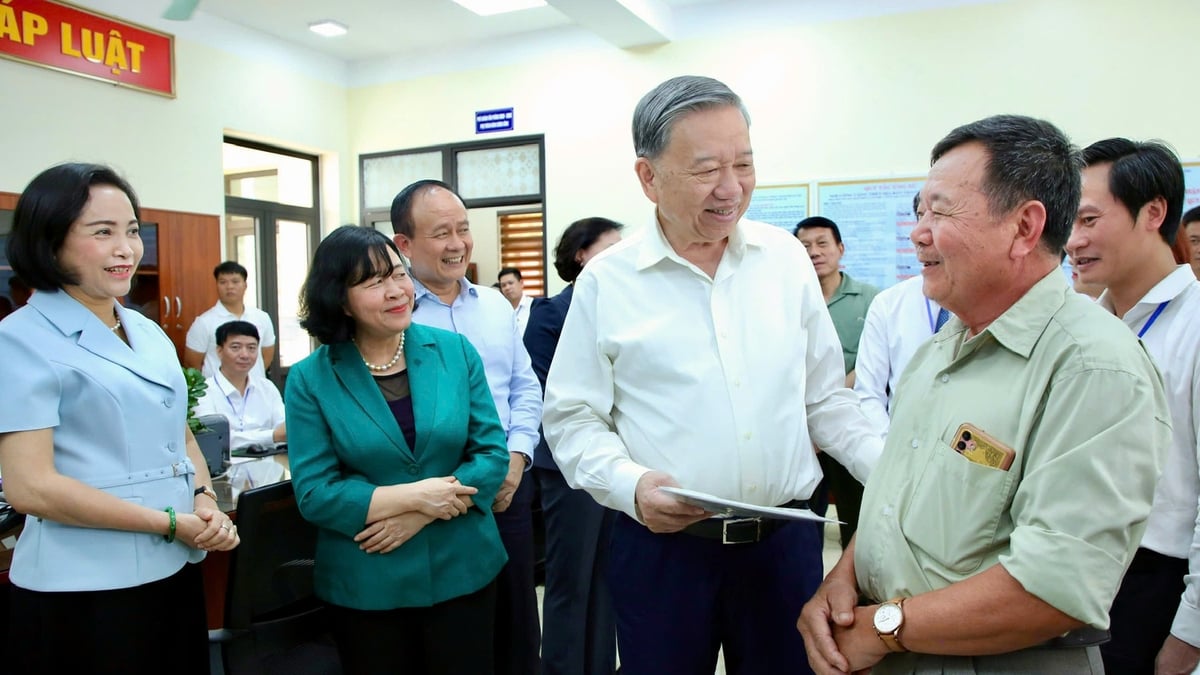











![[Photo] National Assembly Chairman Tran Thanh Man visits Vietnamese Heroic Mother Ta Thi Tran](https://vphoto.vietnam.vn/thumb/1200x675/vietnam/resource/IMAGE/2025/7/20/765c0bd057dd44ad83ab89fe0255b783)




































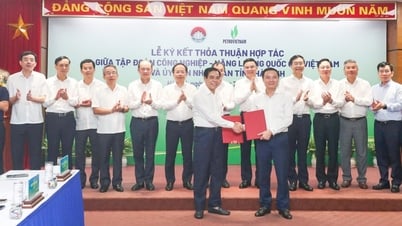







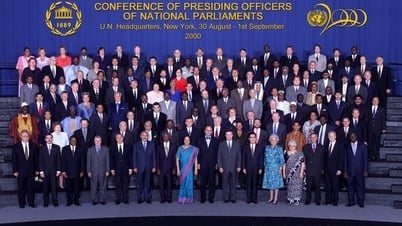



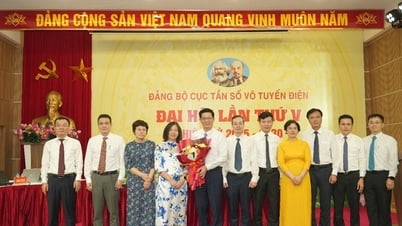

























Comment (0)